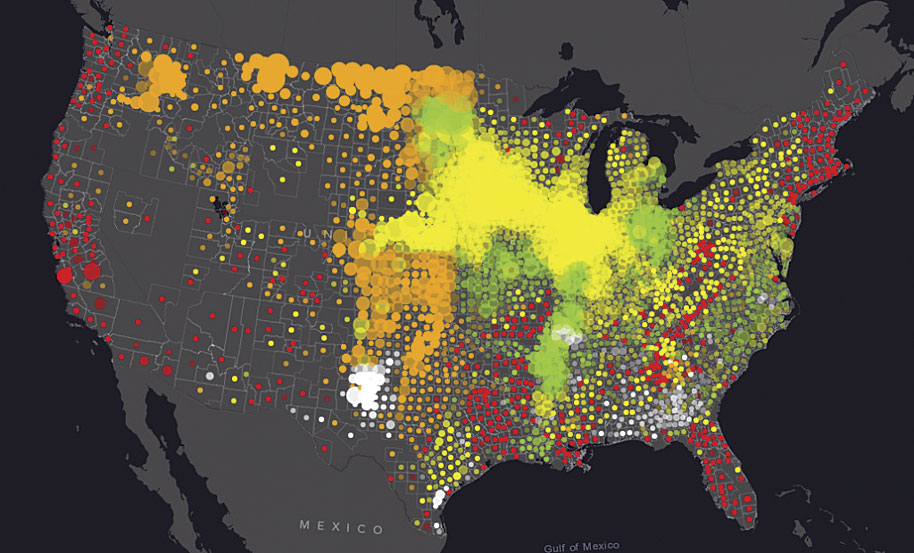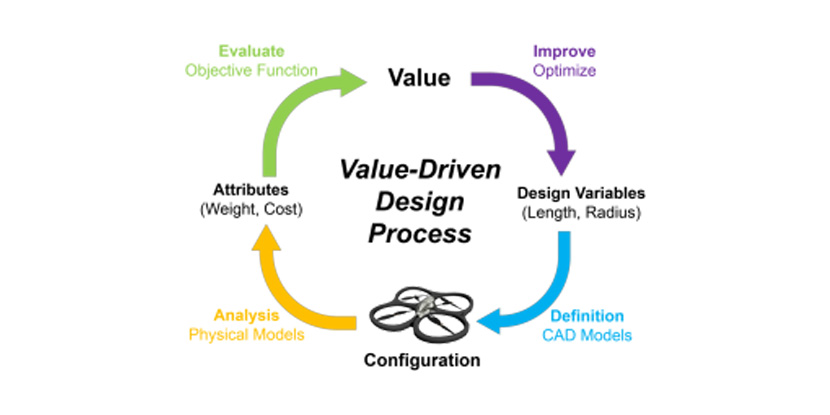The Right Color Palette for Data Visualization
While visually appealing (harmonious) color palettes are easy to come by these days, finding the right color palette for data visualizations is challenging. Things are made more difficult, as we need to convey information across thousands of unique data sets in many different types of visualization layouts. And then there are issues like accessibility, enough … Read more






